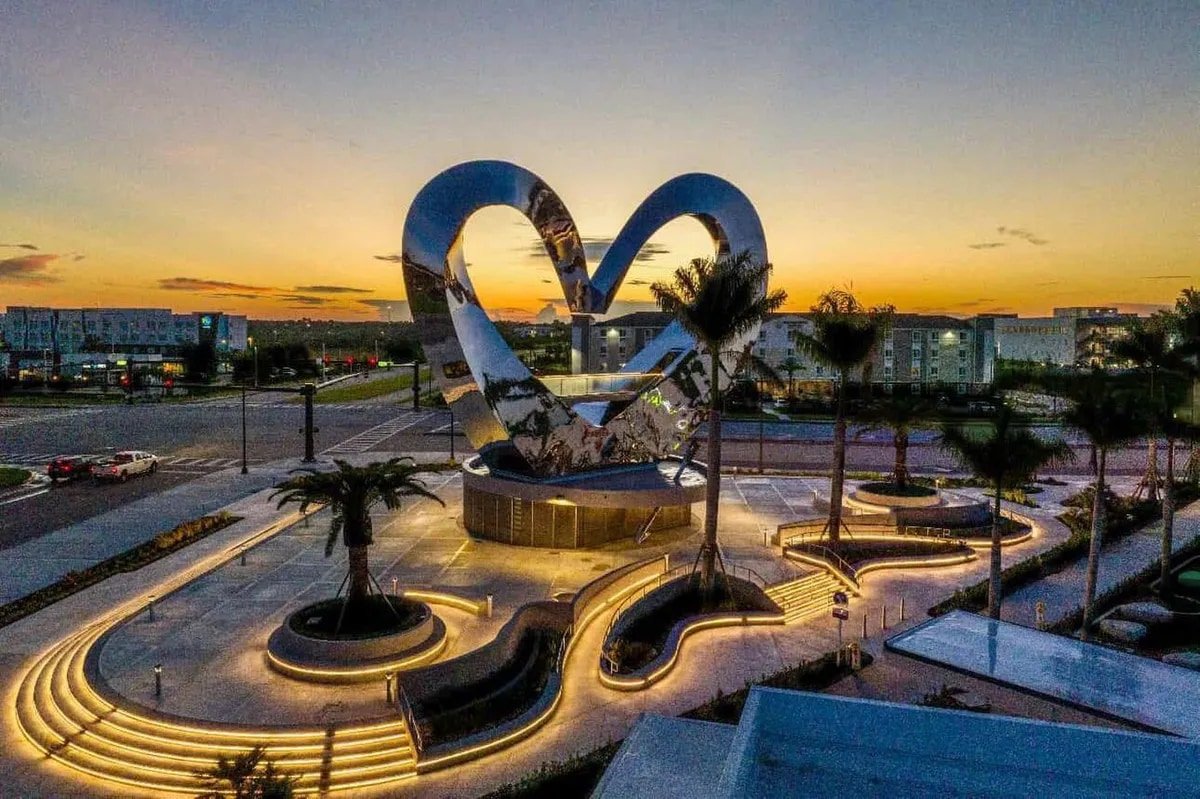Gianela Zapata
We all know the classics by heart— Rizal, Bonifacio, Mabini. And if you’re a Philippine history buff, you may know GOMBURZA, Del Pilar, and the two Lunas. But beyond the names etched in our peso bills and memorized in Araling Panlipunan classes are the lesser known heroes who have done just as much for our motherland.
.png) |
| Photo Courtesy of VisitPhilippines.org |
See if you know these five unsung figures who have cleared the path and laid the palay fields so that the next generations of Filipinos can bear the fruit of their valor.
Masarap ang ulam with banana ketchup? It’s thanks to this war heroine
The sweet, tangy condiment we love pairing with fried chicken and tortang talong was actually the byproduct of a woman’s brilliant solution to a national ketchup shortage.
In 1898, when the Americans colonized the country, ketchup became a popular condiment from their cuisine to ours. The problem was that importing it was expensive, and tomatoes would not thrive in the tropics. This was when Orosa made her own version, and the rest is history that we can now find in almost every grocery store, kitchen, and restaurant.
The next time you devour a delicious plate of Filipino-style sweet spaghetti, thank her.
Maria Orosa was born on Nov. 29, 1893, in the coastal town of Taal. She was the fourth child of Simplicio Orosa y Agoncillo and Juliana Ylagan.
Angas at tapang ng ‘Bisaya Joan of Arc’
Magbanua joined the Katipunan’s women’s chapter when she was in her late 20s and quickly rose the ranks, leading her own troops and commanding a group of rifle sharpshooters and bolo fighters. Under her leadership, the army carried out successful campaigns in the Battle of Barrio Yoting and the Battle of Sapong Hills, contributing to the liberation of Iloilo City.
Like two of her brothers, she also became a general in the revolutionary forces. Her involvement in the military was opposed by the local military commanders and by her husband. During the Philippine-American War, she participated in several battles against American forces. In recognition of her military contribution, the woman general was given a prominent part in the celebrations, leading her disheveled troops on a prancing white horse.
So, whenever you’re on a trip and are too tired to keep hiking a mountainous trail, just imagine you’re Magbanua leading her troop into an uphill yet victorious battle.
Girl Scouts, this is your founding mother
Escoda is primarily known for establishing the Girl Scouts of the Philippines. When World War 2 broke out in the country, she quickly organized a women’s group dedicated to providing emergency services.
Later, she and her husband provided food to Filipino and American soldiers. Acting as a messenger, she also passed messages between prisoners of war and their families outside.
But in June 1944, the Japanese caught her husband in Mindoro and imprisoned him in Fort Santiago. They also captured Josefa shortly after. She was subjected to severe abuse and interrogation before soldiers executed them both in January 1945.
Who said Girl Scouts were just for tying knots and baking cookies? If you’re a girl scout, be proud! Escoda and so many others have paved the way for you to wear your badge with pride.
The third ilustrado in this famous photo
Imagine you devote your life to serving the country, and your legacy is reduced to the guy in a chair sitting next to Jose Rizal and Marcelo Del Pillar in this popular image you probably saw at Intramuros.
 |
|
Photo Courtesy of Wikipedia
From left to right: Jose Rizal, Marcelo H. Del Pilar, and Mariano Ponce. |
After the revolution began in 1896, he was arrested but later appointed by President Emilio Aguinaldo as a diplomatic representative to Japan. His mission was to seek aid for the Filipino revolutionaries and thus was involved in procuring weapons, including securing a shipment of rifles through his contacts in Japan. However, it ultimately failed to reach the Philippines due to a typhoon.
Mariano Ponce. Remember the name. He’s more than just a random guy in a vintage photo.
‘Father of the Tagalog Newspaper’ who’s also a feminist
Alongside Marcelo Del Pillar, his senior, Poblete was involved in the creation of Diariong Tagalog, the first bilingual Tagalog and Spanish newspaper in the Philippines, which was founded in 1882.
Born on May 17, 1857, in Naic, Cavite, he also became a journalist for various newspapers, including the reform-minded “El Resumen,” and later founded “El Grito del Pueblo” and “Ang Kapatid Ng Bayan,” using his publications to question the Spanish regime and promote nationalist and liberal ideas.
Poblete’s work, particularly his establishment of the newspaper “El Bello Sexo” (The Fair Sex) in 1901, is the primary reason he is considered a feminist, as this publication was dedicated to promoting the rights and well-being of women during a time when such discourse was rare.
As a true testament to the versatility of his advocacies, he was also one of the organizers of the first labor union in the Philippines and of the Partido Nacionalista (Nationalista Party). Talk about a man of service!
These faces and stories deserve more than to simply be cast in the shadow of bigger names. Medals are of no use to the dead anymore. So, to honor their memory, let us share the bravery and valor they showed throughout their lives to the living instead— in the everyday interactions and soon to be moments of history that truly define a nation.
Maybe then, we too can honor Orosa, Magbanua, Escoda, Ponce, Poblete, and the many others whose lives have been instrumental to Philippine innovation and independence.











